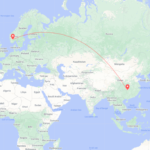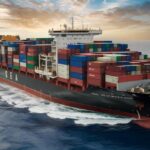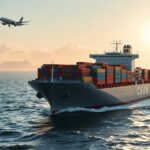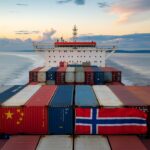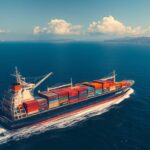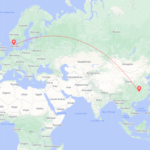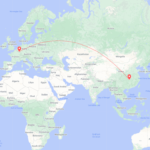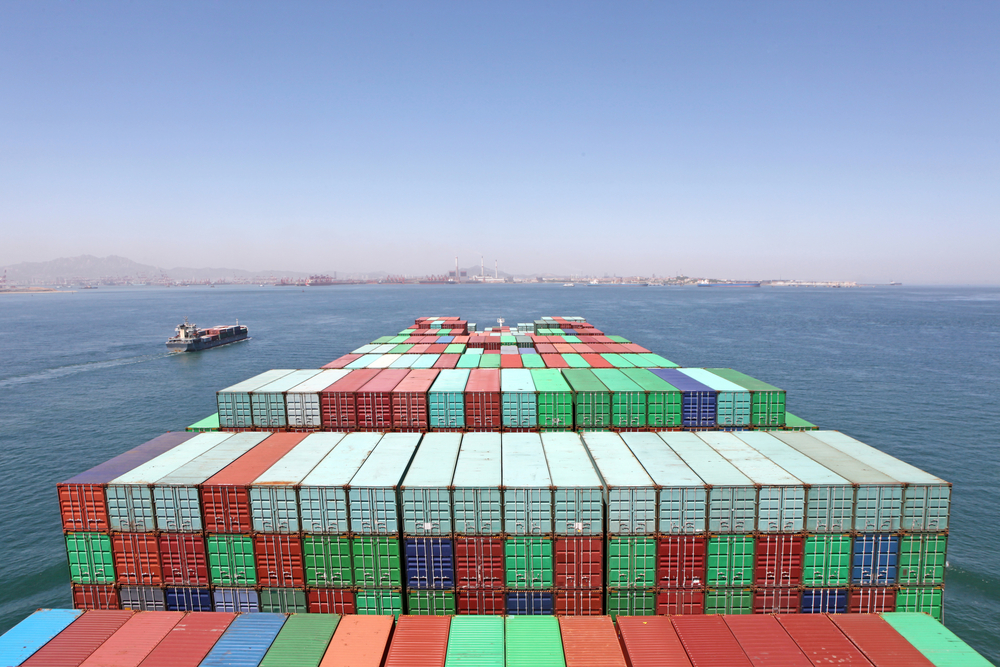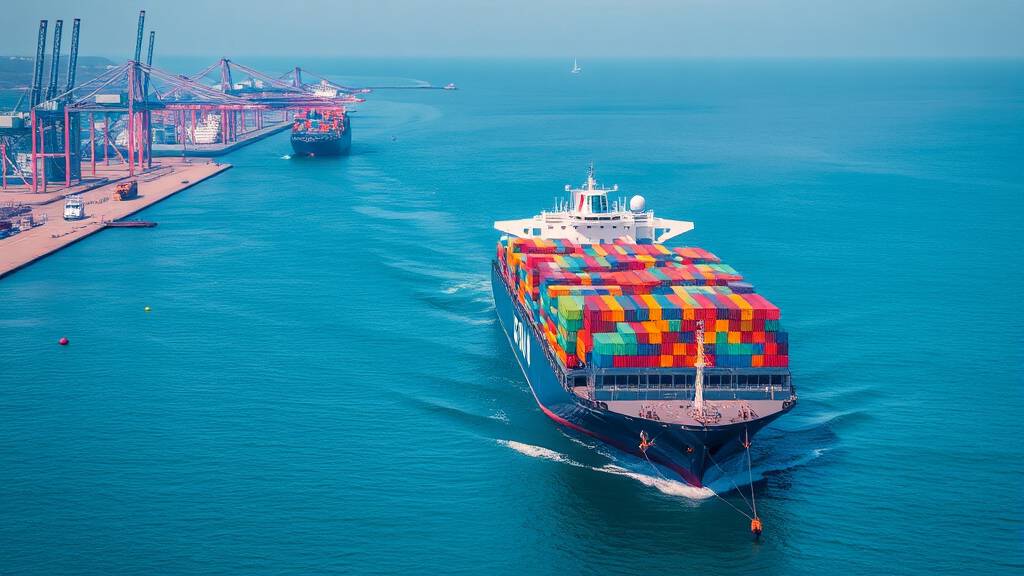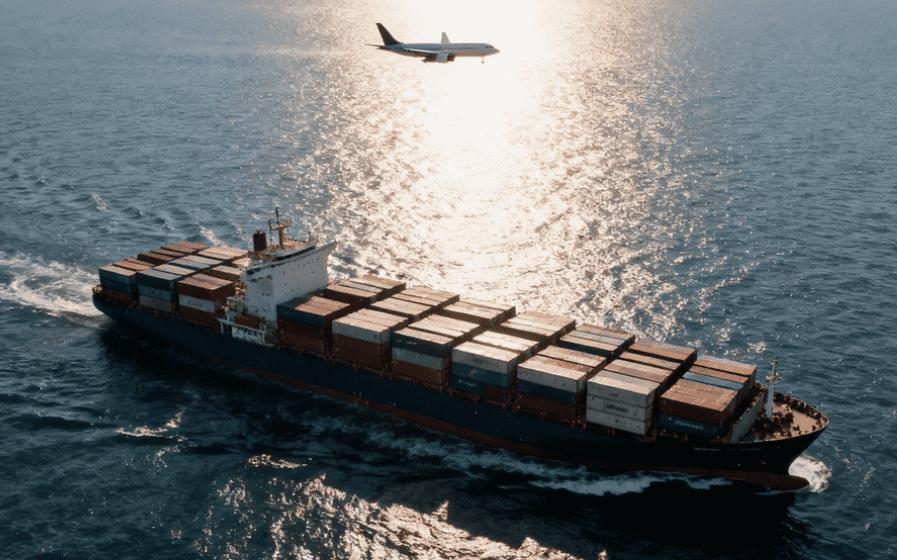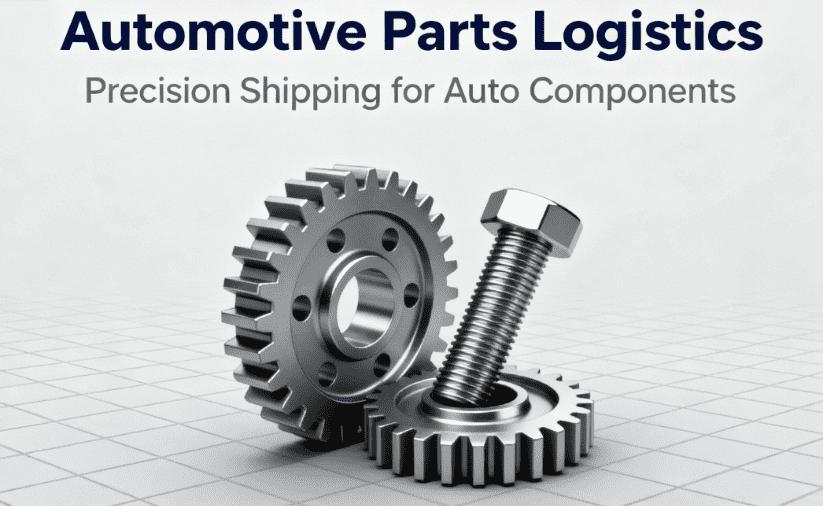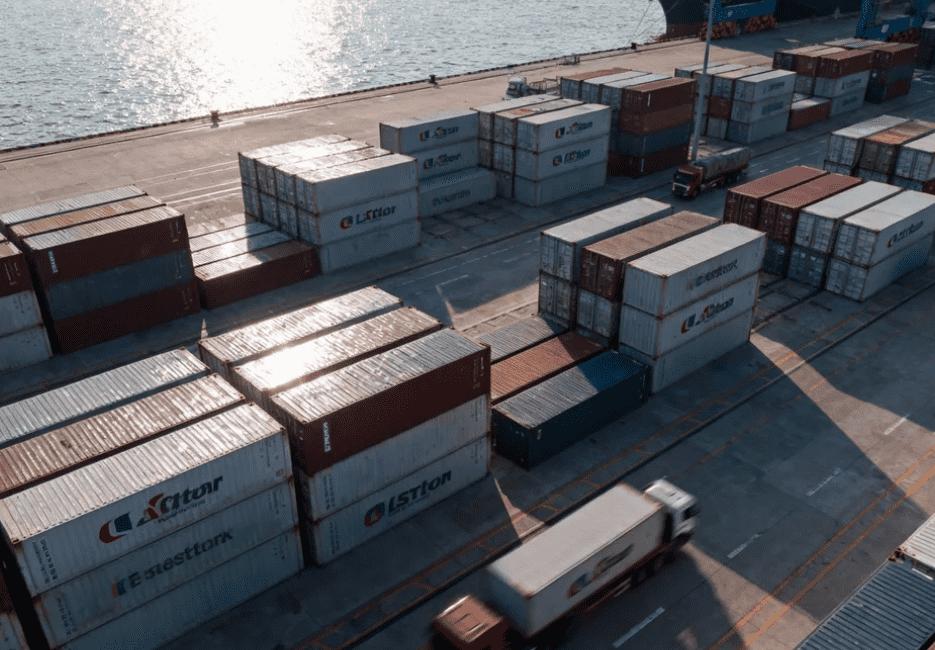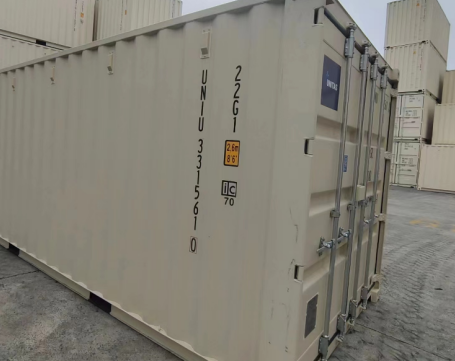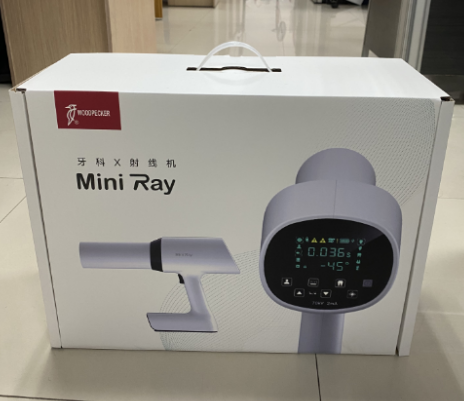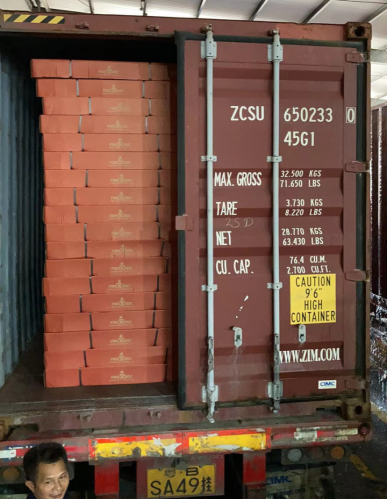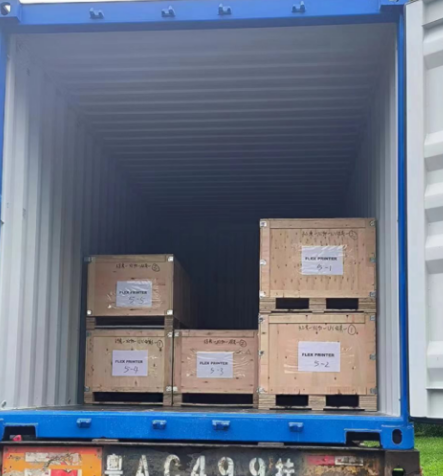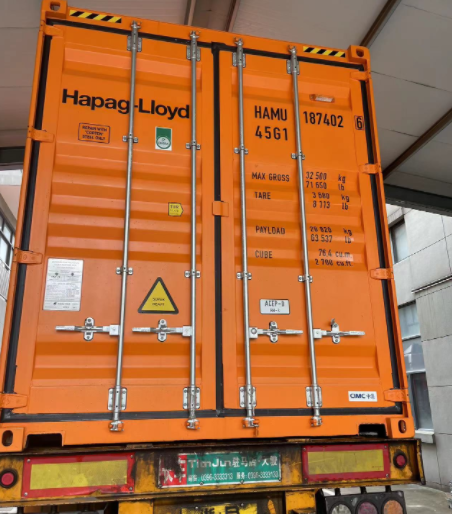Are you curious about container shipping costs from China to Norway?
Understanding the intricacies of international shipping can be daunting, especially when trying to optimize your expenses. In this comprehensive guide, we will delve into the key factors influencing these costs, from shipping routes and container sizes to the choice between FCL and LCL transport. By the end of this article, you’ll be equipped with essential insights to navigate and potentially reduce your shipping expenses effectively.
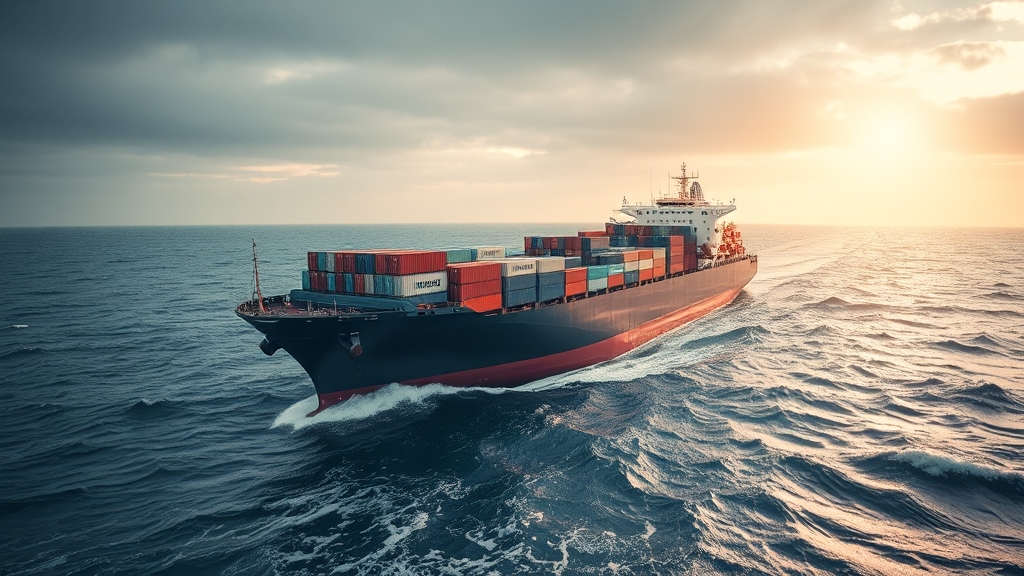
Sea Freight from China to Norway
The maritime route between China and Norway is a vital artery for global trade, connecting the manufacturing powerhouse of Asia with the resource-rich and technologically advanced Nordic nation. Navigating this complex shipping landscape requires a deep understanding of the key ports involved, both in China and Norway, along with the associated logistics and current market dynamics.
Key Ports for Sea Freight from China to Norway
When arranging sea freight from China to Norway, the selection of departure and arrival ports is crucial for optimizing efficiency, cost, and transit time. Below is a comprehensive overview of the key Chinese and Norwegian ports involved in this trade lane, with data reflecting the most recent trends and operational updates as of 2025.
Major Chinese Ports
China’s robust export infrastructure is anchored by a network of world-class seaports. The primary gateways for shipments bound for Norway include:
| Port Name | Location | 2023 Container Throughput (TEUs) | Advantages |
|---|---|---|---|
| Shanghai Port | East China | 47.3 million | Largest port globally, top vessel availability, advanced logistics facilities |
| Shenzhen Port | South China | 30.0 million | Ideal for southern suppliers, excellent consolidation services, high connectivity |
| Ningbo-Zhoushan Port | East China | 33.3 million | Second-largest, efficient handling, frequent sailings to Europe |
| Qingdao Port | North China | 27.0 million | Strategic for North China manufacturers, advanced cold-chain options |
| Guangzhou Port | South China | 25.8 million | Major gateway for Pearl River Delta exports |
Note: TEU = Twenty-Foot Equivalent Unit
Leading Norwegian Ports
Norway’s maritime infrastructure, while smaller compared to major European economies, is highly efficient and strategically located for trade with Asia. The primary ports for receiving Chinese goods are:
| Port Name | Location | 2023 Container Throughput (TEUs) | Advantages |
|---|---|---|---|
| Oslo Port | Southeast Norway | ~300,000 | Largest container port in Norway, direct access to capital region |
| Bergen Port | West Norway | ~100,000 | Key for seafood and industrial imports, fast redistribution to western Norway |
| Stavanger Port | Southwest Norway | ~60,000 | Important for oil, gas, and agricultural cargo |
| Kristiansand Port | South Norway | ~50,000 | Good access to southern logistics hubs, industrial products |
Routing and Transit Time
Most containerized sea freight from China to Norway will utilize routes via major shipping alliances, passing through the Suez Canal and key North European transshipment ports before feeder vessels deliver containers to Norwegian ports. Typical transit time ranges from 30–40 days, depending on the origin and destination.
For more detailed time estimates between specific ports, see our full guide on how long is freight from China to Norway.
Port Selection Tips
- Cost optimization: Larger ports like Shanghai and Shenzhen generally offer lower per-container rates due to volume scale.
- Cargo type: Time-sensitive or temperature-controlled goods may benefit from advanced facilities at Qingdao or Guangzhou.
- Supplier proximity: Choose the port nearest to your Chinese supplier to minimize domestic logistics costs.
- Final delivery in Norway: Oslo is best for nationwide distribution; Bergen and Stavanger are suitable for western deliveries.
By carefully selecting the optimal ports in China and Norway, you can ensure the best balance between cost, speed, and reliability for your international sea freight operations. Always work with a trusted freight forwarder, such as Dantful International Logistics, to maximize these efficiencies and maintain supply chain resilience.
Key Factors Influencing Shipping Costs
Shipping Route and Distance
The shipping route from China to Norway significantly impacts costs. The most common routes often utilize major shipping lanes, which can either reduce or elevate shipping expenses based on congestion and demand. For instance, shipping via the Northern Sea Route may be shorter but less frequently used, potentially leading to higher costs due to limited service offerings. On average, the distance from major ports in China (such as Shanghai or Shenzhen) to major ports in Norway (like Oslo or Bergen) is approximately 5,000 to 6,000 nautical miles, which can influence shipping duration and pricing.
Container Size: 20ft vs. 40ft
The size of the container plays a vital role in determining shipping costs. Generally, there are two standard container sizes—20-foot (20ft) and 40-foot (40ft).
| Container Size | Dimensions | Typical Volume | Shipping Cost Variation |
|---|---|---|---|
| 20ft | 20′ × 8′ × 8.5′ | 33 cubic meters | Lower cost compared to 40ft |
| 40ft | 40′ × 8′ × 8.5′ | 67 cubic meters | Higher cost, more capacity |
The 40ft container is more cost-effective on a per-cubic-meter basis but involves a higher overall shipping charge. Importers need to consider their volume requirements and choose the appropriate container size to optimize their shipping costs.
Mode of Transport: FCL vs. LCL
The choice between Full Container Load (FCL) and Less than Container Load (LCL) transport modes is another critical aspect impacting shipping costs:
FCL (Full Container Load): This mode involves booking an entire container. It is generally more economical for larger shipments, as the cost per unit decreases with volume. Importers have control over their entire shipment, reducing the risk of damage and delays associated with shared loads.
LCL (Less than Container Load): In this mode, multiple shipments from different importers share the same container. While it is cost-effective for smaller shipments, it often incurs additional handling fees and longer transit times because the container needs to be consolidated and deconsolidated at the ports.
| Mode of Transport | Cost Implications | Best For |
|---|---|---|
| FCL | Economical for large shipments | Bulk goods, reducing shipping risk |
| LCL | More fees, slower process | Smaller shipments, budget-friendly |
Understanding these factors allows importers to effectively strategize their shipping choices based on their specific needs and budget constraints. By choosing the right options, you can optimize your shipping process, potentially saving significant costs in your overall importation strategy.
Read More:
- Shipping From China To Netherlands
- Shipping From China To Spain
- Shipping From China To Germany
- Shipping From China To France
- Shipping From China to Italy
- Shipping From China To Poland
- Shipping From China to United Kingdom
Shipping Costs for Containers from China to Norway
When importing goods, understanding the shipping costs associated with container transport from China to Norway is crucial for effective budgeting and planning. The costs can vary significantly based on several factors, including container size, shipping method, and additional fees.
20 ft Container Shipping Cost from China to Norway
The cost of shipping a 20 ft container from China to Norway typically ranges between $1,500 to $3,000. This cost can fluctuate based on the current market conditions, the shipping line used, and the specific ports of departure and arrival.
Cost Breakdown for 20ft Containers
Here is a more detailed breakdown of the potential costs involved for a 20 ft container:
| Cost Component | Estimated Cost (USD) |
|---|---|
| Ocean Freight | $1,000 – $2,000 |
| Port Fees | $200 – $400 |
| Insurance | $100 – $300 |
| Customs Clearance | $150 – $250 |
| Documentation Fees | $50 – $100 |
| Total Estimated Cost | $1,500 – $3,000 |
40 ft Container Shipping Cost from China to Norway
For a 40 ft container, the shipping costs are generally higher, falling in the range of $2,500 to $4,500. The larger size allows for more goods, but it also impacts the overall shipping dynamics.
Cost Breakdown for 40ft Containers
Here’s a detailed cost breakdown for a 40 ft container:
| Cost Component | Estimated Cost (USD) |
|---|---|
| Ocean Freight | $1,500 – $3,000 |
| Port Fees | $300 – $600 |
| Insurance | $150 – $400 |
| Customs Clearance | $150 – $250 |
| Documentation Fees | $50 – $100 |
| Total Estimated Cost | $2,500 – $4,500 |
Comparison of FCL and LCL Shipping Costs
When considering Full Container Load (FCL) versus Less than Container Load (LCL), it’s important to note the cost implications.
- FCL is often more cost-effective for larger shipments. For example, a 20 ft FCL may cost around $1,500 to $2,000, while an LCL shipment with the same volume might range from $200 to $1,000 depending on how much space the goods occupy within the container.
| Shipping Method | Estimated Cost (USD) |
|---|---|
| FCL 20 ft | $1,500 – $2,000 |
| LCL (per cubic meter) | $100 – $300 |
Ultimately, the choice between FCL and LCL will depend on the volume of goods you are shipping.
Additional Fees and Charges
Shipping costs from China to Norway also include additional fees and charges that can impact the overall budget for your import operation.
Port Fees and Handling Charges
Port fees and handling charges can differ significantly between ports. These fees cover services such as loading and unloading containers at the port. You can expect these fees to be anywhere from $200 to $600, depending on the specific port in Norway.
Customs Duties and Taxes
Customs duties and taxes are another key component of shipping costs. These can vary depending on the nature of the goods being imported. Typically, duties could range from 0% to 18% of the goods’ value. It’s essential to verify the specific rates applicable to your product category with the Norwegian customs authorities to ensure compliance and accurate budgeting.
Understanding these additional fees and charges is crucial for a clear picture of the total shipping costs when importing goods from China to Norway.
By partnering with a professional freight forwarder like Dantful International Logistics, you can streamline the process and potentially reduce costs through expert guidance and efficient logistics solutions. Our services include Ocean Freight, Air Freight, Customs Clearance, and more, making us your one-stop solution for international logistics needs.
Shipping Time from China to Norway
Average Transit Times for Sea Freight
Shipping time is a critical consideration for anyone looking to import goods from China to Norway. The average transit time for sea freight largely depends on the specific ports of departure and arrival, as well as the shipping route taken. Typically, the shipping time for a 20ft or 40ft container can range from 25 to 45 days.
Here’s a brief overview of average transit times for major Chinese ports to key Norwegian ports:
| Port of Departure | Port of Arrival | Average Transit Time (Days) |
|---|---|---|
| Shanghai | Oslo | 30-35 |
| Shenzhen | Bergen | 28-34 |
| Ningbo | Stavanger | 32-40 |
| Guangzhou | Trondheim | 35-45 |
These figures are based on standard shipping routes and may vary based on the shipping line and specific vessel schedules. It’s important to note that unforeseen factors such as weather conditions, port congestion, and customs clearance can also affect the overall shipping duration.
Factors Affecting Shipping Duration
Several factors can influence the shipping duration from China to Norway:
Shipping Route: The chosen shipping route plays a crucial role. Direct routes are faster but may be more expensive, while indirect routes can increase transit times.
Port Congestion: Some ports, particularly during peak seasons or holidays, may experience congestion, causing delays in loading and unloading containers.
Customs Clearance: The efficiency of customs processes at both the departure and destination ports can impact shipping times. Delays in documentation or inspections can lead to longer wait times.
Weather Conditions: Adverse weather conditions can affect shipping schedules, particularly for sea freight, leading to potential delays.
Vessel Schedule: Different shipping lines operate on various schedules, which affects the total time taken. Choosing a reliable freight forwarder like Dantful International Logistics can help mitigate risks associated with delays by providing access to the most efficient carriers.
Tips for Reducing Container Shipping Costs
Choosing the Right Freight Forwarder
Selecting the right freight forwarder is paramount in managing shipping costs effectively. A highly professional and experienced freight forwarder, such as Dantful International Logistics, can provide valuable services that enhance efficiency and reduce costs. Here are key considerations when choosing a freight forwarder:
Experience: Look for a freight forwarder with a proven track record in shipping from China to Norway.
Network: A well-established network with carriers can lead to better rates and more reliable service.
Services Offered: Ensure the freight forwarder provides comprehensive services, including customs clearance, insurance, and door-to-door delivery.
Customer Support: A responsive customer service team can assist with any queries or issues that may arise during transit.
Consolidating Shipments for Cost Efficiency
Consolidating shipments is another effective strategy for reducing container shipping costs. By combining multiple smaller shipments into one larger shipment, you can achieve significant cost savings. Here are some tips for consolidation:
Use Less than Container Load (LCL): If your shipment does not fill a whole container, consider using an LCL service that allows you to share container space with other shipments.
Plan Ahead: Coordinate with suppliers to consolidate shipments over a set period, allowing for more efficient transport.
Choose Reliable Partners: Work with a reputable freight forwarder that offers consolidation services, ensuring that your goods are handled properly and efficiently.
By implementing these strategies and partnering with a trusted provider like Dantful International Logistics, you can navigate the complexities of container shipping from China to Norway while minimizing costs and maximizing efficiency.
FAQs
How much is shipping from China to Norway? Shipping costs from China to Norway typically range from $2,500 to $4,500 for LCL/FCL ocean freight, varying based on service, volume, and market conditions in 2025.
How much does a container cost from China to Europe? A 40ft container from China to major European ports generally costs between $3,000 and $5,500 in 2024, influenced by demand and specific routes.
What is the cheapest way to ship from China to Europe? Sea freight, particularly FCL (Full Container Load) for larger volumes, is the most economical method for shipping from China to Europe.
How to calculate container shipping cost? Container shipping costs are calculated by factoring in the container size, origin/destination ports, chosen Incoterm, current freight rates, fuel surcharges, and any additional services like customs clearance.
How much does it cost to ship a 40ft container from China to Sweden?
Shipping a 40ft container from China to Sweden generally costs between $3,500 and $5,000 as of Q4 2025.
How much does it cost to ship a 20ft container from China to Sweden?
A 20ft container from China to Sweden typically costs between $2,200 and $3,500 in 2025.

Young Chiu is a seasoned logistics expert with over 15 years of experience in international freight forwarding and supply chain management. As CEO of Dantful International Logistics, Young is dedicated to providing valuable insights and practical advice to businesses navigating the complexities of global shipping.

